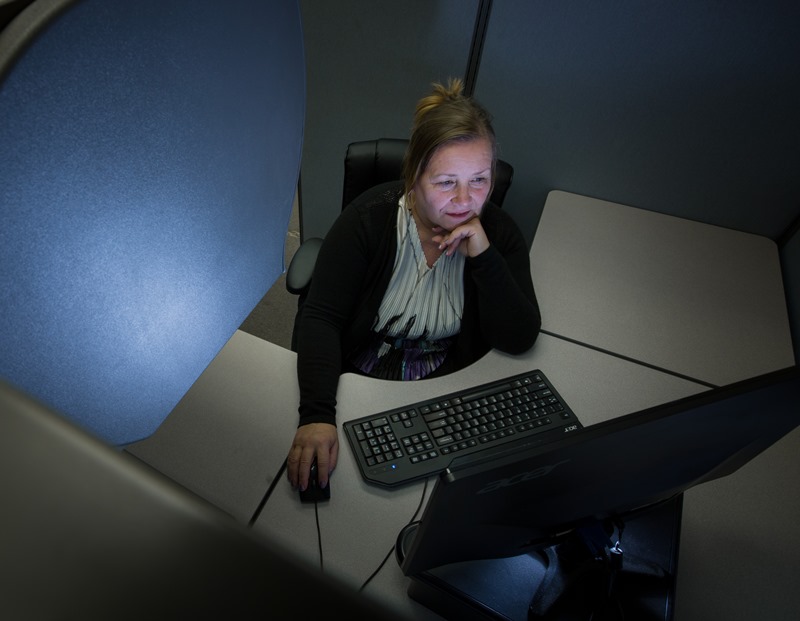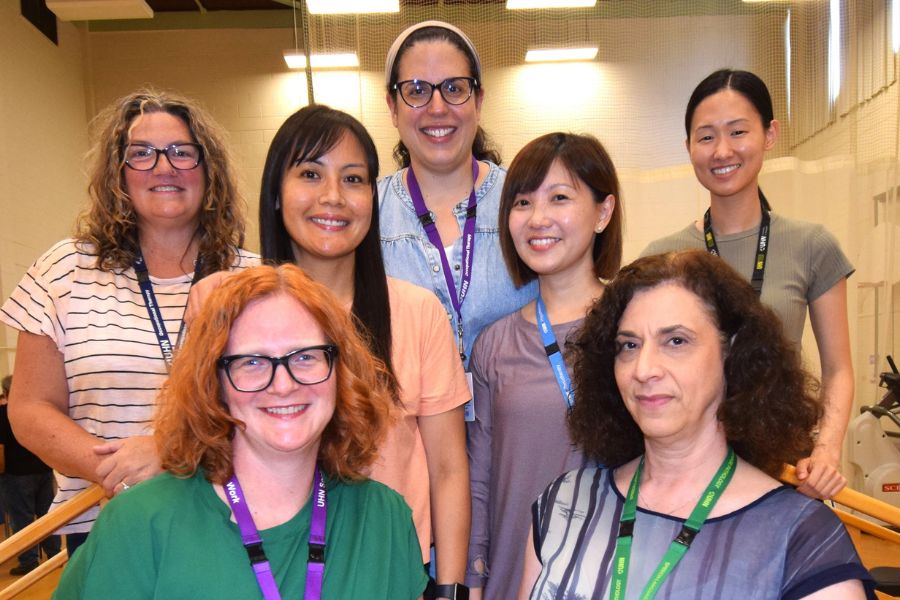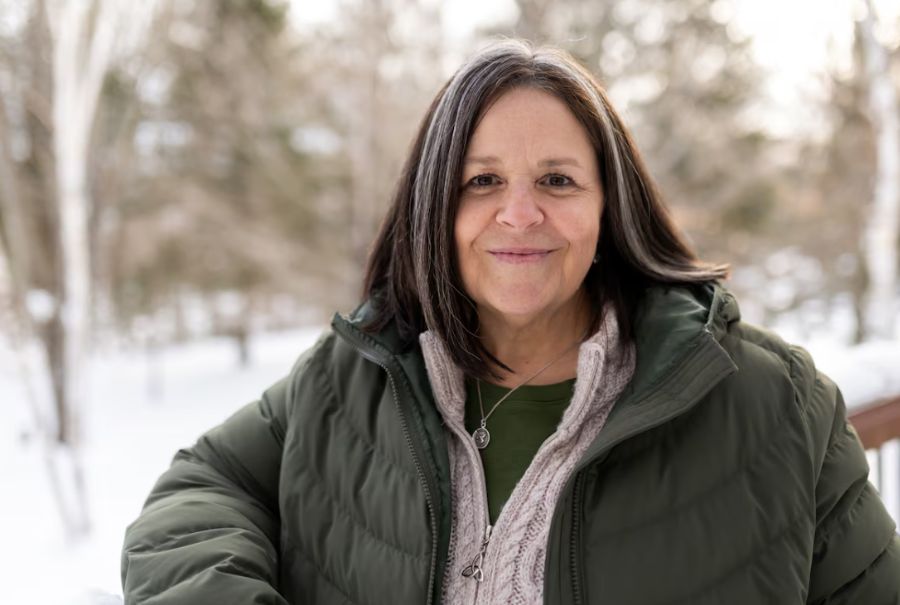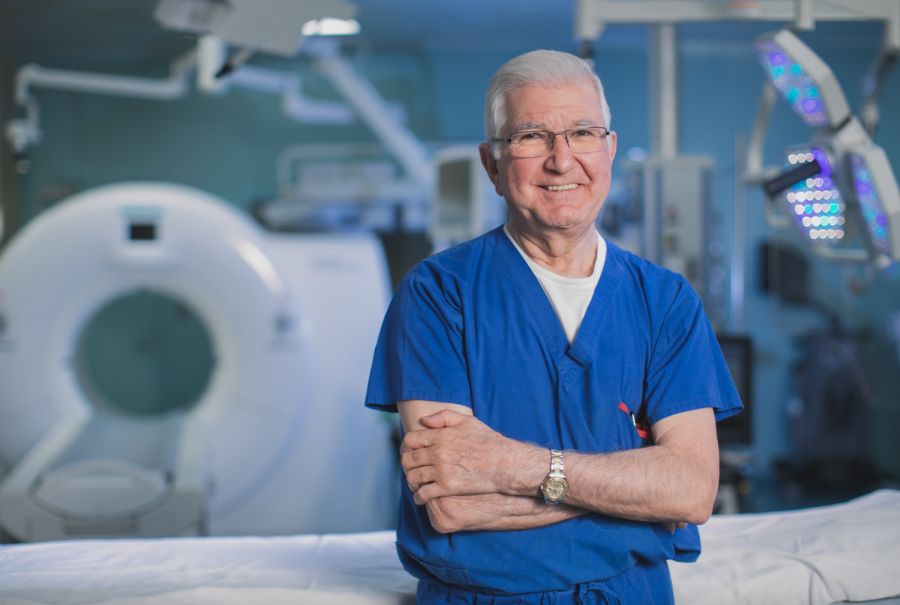Over the last seven years, Dr. Nolan has been devising ways to help patients with hypertension create meaningful and long-lasting lifestyle changes. In the past, people would have consultations with a specialist and then be left to fend for themselves. Some might change their behaviours for a short period, but most would revert to old habits.
“They’d get educational sessions that would last a few weeks, but giving people information was not sufficient to help them feel ready and confident to sustain lifestyle change,” says Dr. Nolan. “Without support to develop skills for putting a change plan into action, it was hard to shift old habits beyond a few weeks.”
While many hospitals and private centres have tried to help people kick bad habits through internet-based programs, most of these haven’t been designed to provide the type of support patients receive in face-to-face counselling, says Dr. Nolan. Many web-focused counselling programs are either interactive or automated – not both.
“Our programs often fail to provide guidance as someone interacts with a program within a single log-on session, or as we log on time after time,” says Dr. Nolan. “We had to create a balance of the two.”
Dr. Nolan developed REACH (Reducing risk with E-based support for Adherence to lifestyle Change in Hypertension), a comprehensive e-counselling program to help people make permanent changes to their lifestyle or “self-care behaviours.” Their team included numerous experts, such as dietitians, psychologists, doctors, fitness experts, pharmacists and scientists, to create self-help videos that covered every aspect of a person’s lifestyle.
Not sure how to read nutrition facts on labels? Then take a video tour of a grocery store with a dietitian who shows people how items are categorized, what labels mean, how to navigate nutritional guidelines and more. Need an exercise regime? Watch a fitness expert give step-by-step instructions on how to set up a plan.
Virpi Kononen, a Toronto-based IT worker, swears by the program. In 2015, she was suffering from high blood pressure and a ringing in her ears. She was told that if she didn’t eat better and get more exercise then she’d have to start taking pills. “And I didn’t want to do that,” she says.
The program was designed as a series of counselling sessions that take place once a week for the first four months, then once every two weeks for the next four months and then once a month for the last four months. The goal was to break old habits by the end of the year.
“You can’t change everything overnight, but this program gave me control and empowered me,” she says. “They gave me a series of small things to change that, over time, made a huge difference.”
Starting in 2012, the program was in the testing stage for four years via a controlled trial, where some people received regular counselling and others followed Dr. Nolan’s program. He wanted to see if people’s blood pressure dropped and cholesterol levels improved. That would indicate that lifestyle changes had been made.
The results were fascinating, says Dr. Nolan. Systolic blood pressure, which measures the pressure in one’s arteries during heart contractions, was lower by 10 millimetres of mercury, as compared to six for the control group. Another kind of blood pressure, pulse pressure, was also significantly reduced in the e-counselling group.
Ms. Kononen saw big changes, too. After a year, her blood pressure went back to normal, the ringing stopped, she’s walking an average of 7,000 steps a day – 2,000 more than she did during the trial – and she says she’s heathier than she has been in years.
For Dr. Nolan, the next step is to enroll all patients with hypertension into the program, but he also wants his program to be used nationally.
“Our goal is to look for partners who want to work with us, who can offer this on a population-wide basis,” he says. “We want to continue making sure that we can demonstrate the effectiveness of this for not just reducing risk factors for heart disease, but also that we can help improve everyone’s quality of life.”



